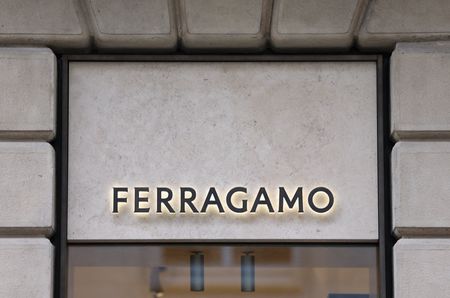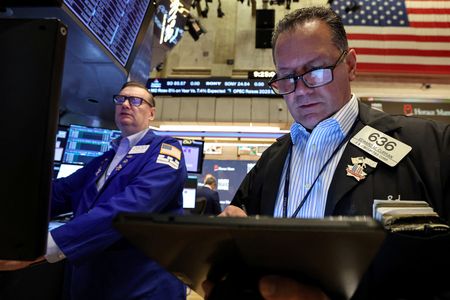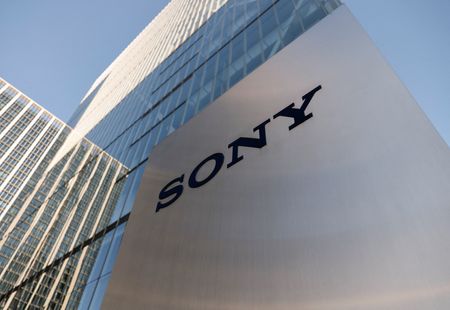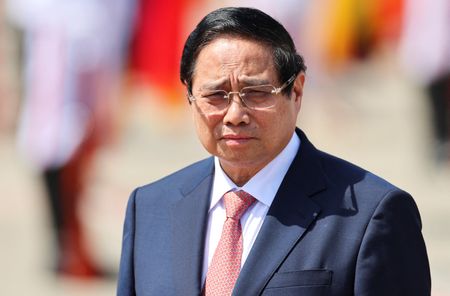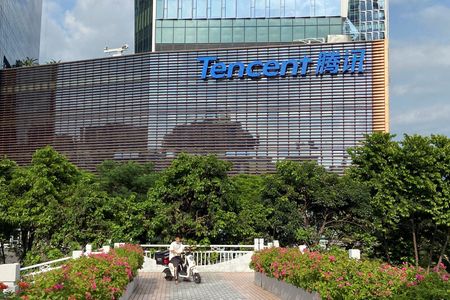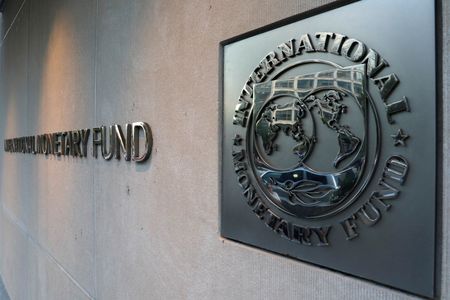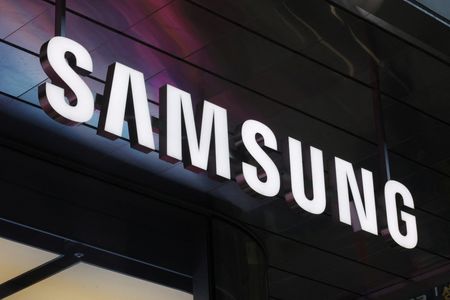MILAN (Reuters) -Sales at Salvatore Ferragamo fell in April, the Italian luxury goods group said on Wednesday as it posted a 1% revenues drop for the first quarter hit by weak demand in the Asia Pacific region.
The quarterly change strips out the impact of currency moves. Net sales plunged almost 14% in the Asia Pacific area. Trade tensions making U.S. shoppers more cautious also played a role.
The Florentine group, currently without a chief executive after the exit of Marco Gobbetti, reported revenues of 221 million euros ($248 million) for the January-March period, broadly in line with a Visible Alpha analyst consensus figure of 223 million euros.
Gobbetti left two months amid tensions with the founding family after failing to stem a slide in sales at the brand which was worn by Audrey Hepburn in the 1950s but has struggled to adapt to fast-changing luxury trends in recent years.
The group said in a statement the tough macroeconomic environment had hurt consumer confidence and brought fewer buyers into its shops, especially towards the end of March, leading up to U.S. President Donald Trump’s April 2 tariff announcement.
The lower shop traffic was only partly offset by a bigger proportion of visits translating into actual purchases and by a higher average cost for such buys.
“In the last 10 days of March we have seen a lot of a negative events impacting the luxury business,” Greco said.
The negative sales trend continued in April, executive board member Ernesto Greco told analysts.
In terms of geographies, trade tensions and ensuing turmoil in financial markets had the biggest impact on the United States, Greco said, adding also Europe had suffered as the situation made U.S. tourists more reluctant to shop.
U.S. tariffs, if they are maintained, will have an impact on prices as the group passes on the higher cost to consumers, Greco said.
“We want to absorb at least the tariffs… we are ready to implement a mid single-digit price increase and probably we will apply a fine tuning on prices in all other markets in order to balance the pricing gap.”
($1 = 0.8929 euros)
(Reporting by Elisa Anzolin, editing by Gianluca Semeraro)

